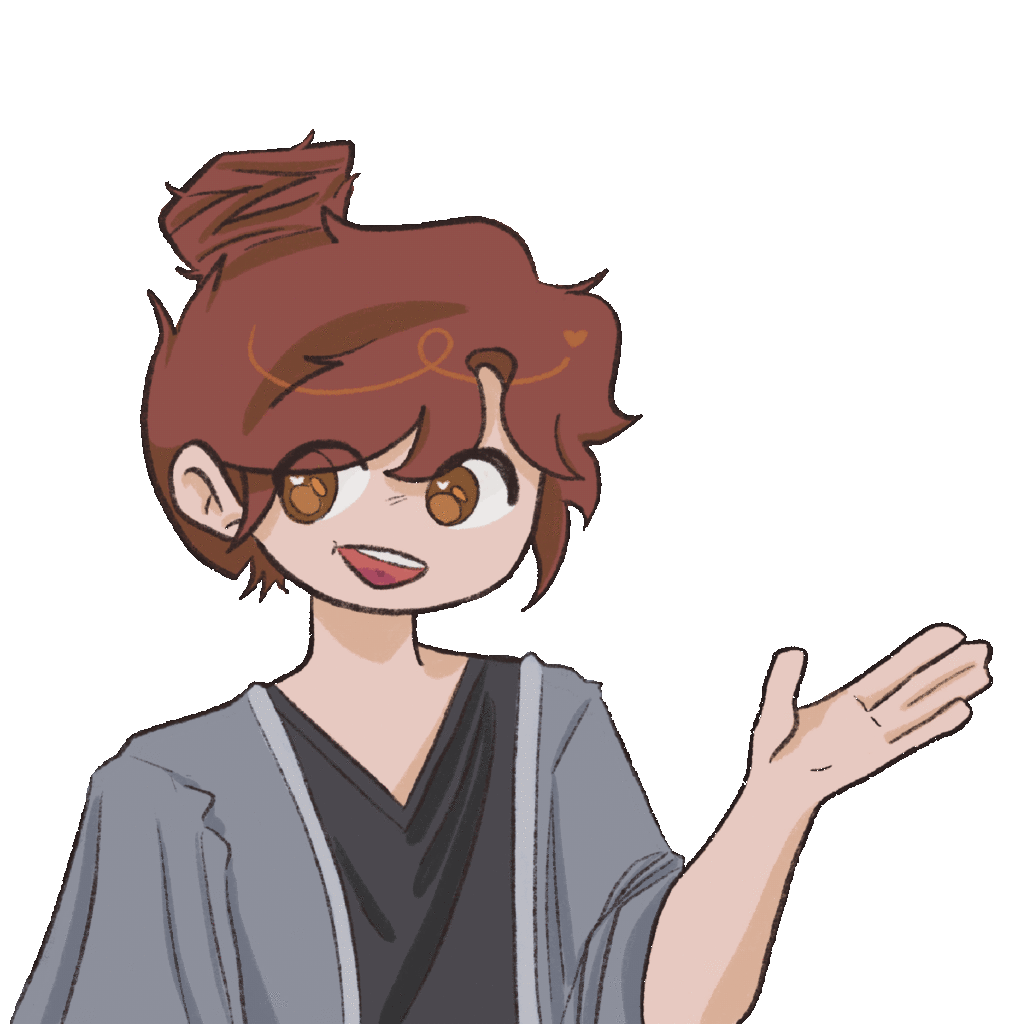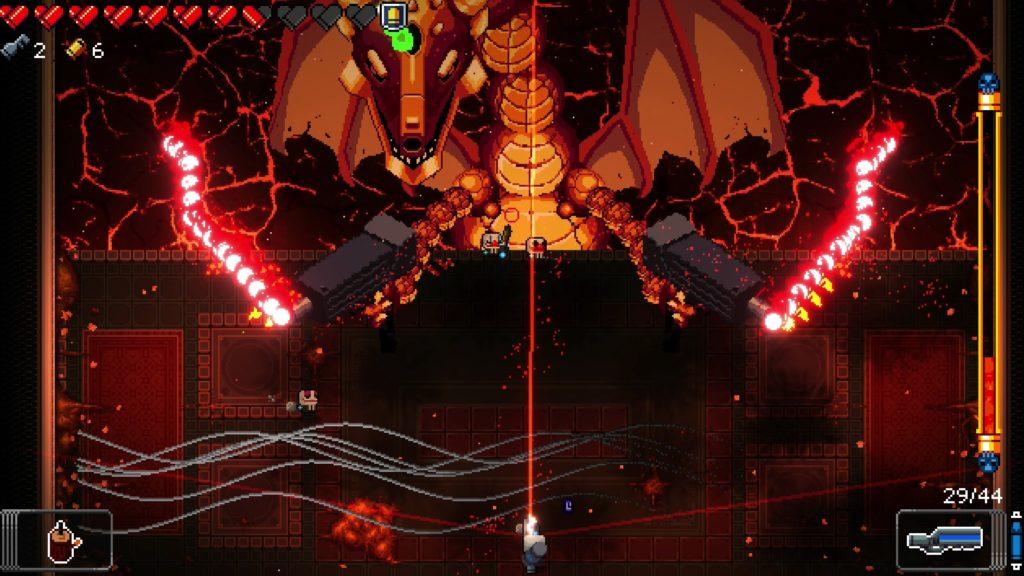I played “Stop Disasters!” by the United Nations Office for Disaster Risk Reduction (UNDRR), the lead UN agency for the coordination of disaster risk reduction. It teaches players of all ages how to build places with their safety against natural disasters in mind. It is a single-player game in which the user plays the role of a city planner who is designing the place with a specific budget and certain goals in mind (e.g. house x number of people; focus on y and z industries; use a, b, and c structures to protect the city, etc). Once the player is finished designing the city, they simulate a disaster, and post-disaster, their city is evaluated to see if it has achieved certain metrics.
Using the MDAO framework, we can first identify the outcome to be users having a better understanding of how to city-plan with disaster preparedness in mind. This is laid out on the homepage of the game: “The online Stop Disasters game teaches adults and children how to build safer villages and cities against disasters. Through playing, users learn how the location and construction materials of houses makes a difference when disasters strike, and how early warning systems, evacuation plans, and education save lives.” Users not only learn about the different components of preparing for a disaster but also by doing it themselves, retain the information better and feel a sense of agency in the generally nerve-wracking environment of natural disasters. The decisions they make in the game can potentially transfer to real-life decision-making.
However, while users receive some quantitive objectives (e.g. how many people to house), there are some vaguely defined ones (e.g. keep as many people alive as possible) that are evaluated quantitively at the end (e.g. how many people died). This disconnect caused confusion for me (my design resulted in 55/320 people dead and 62/320 injured, which didn’t sound great to me, but I was still told it was a successful design.
The motivation for this outcome comes primarily from its challenge (time/budget pressure before the hazard strikes). To some degree, the aesthetics also include expression (users get to design their own unique city, within some constraints) and narrative (when the game first begins, there’s a guide who sets the scene for users):

As for the game dynamics, users must balance their limited budget with a need to fulfill certain objectives. The game also teaches players important tradeoffs as they play, ones that mimic what real-life city planners need to take under consideration: as users build certain buildings or defenses, key facts become available that provide more context. For example, in one game I was playing, the two biggest industries were fishing and tourism, and I got a key fact explaining that while removing sand dunes improves views (helps tourism), they lower disaster preparedness:

Additionally, because these key facts are given only when users carry out certain actions, there is a level of exploration/discovery to the game, and it is possible that users won’t unlock all key facts during their play. Finally, the mechanics of the game from the fixed map and limited budget to objectives and feedback are pretty straightforward, and users are walked through them each time they play. When users try to add new elements to the map, whether that be buildings or defenses, they can get additional information about the elements they’re adding and the type of land they are building on:




